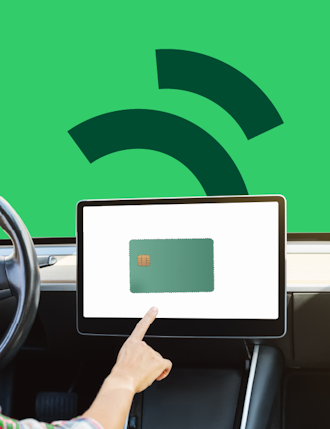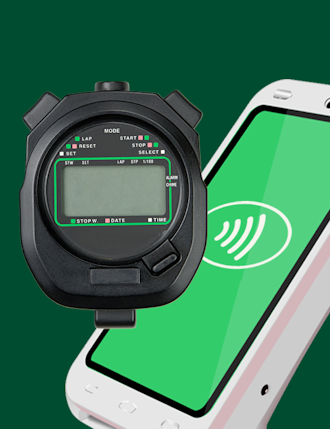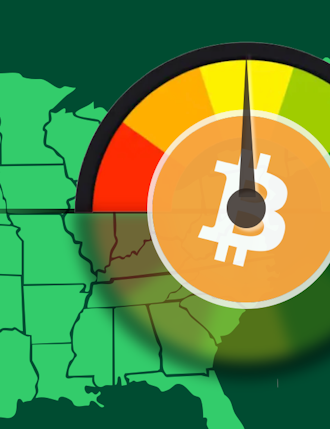The merchant acquiring business has gone through many cycles, but essentially it’s still all about those boxes – the classic payment terminals that ensure consumers can use their cards at the POS. But this hardware focus can’t persist long-term. Selling classic payment terminals has been a relatively simple proposition for decades. The industry thrived by delivering proprietary devices that had little potential for customization and innovation. For years, the industry was able to rely on lucrative hardware sales or leases and myriad fees that generally confused merchants.
That model has eroded. Commoditization of the terminal business steered acquirers, ISOs and direct sales agents to the lowest-cost model, and the battle over interchange fees began to shed light on the multiple fees merchants were paying.
As merchants learned more about their transaction fees, they realized they were overpaying for devices that deliver only a fraction of the features and functions accessible on their smartphones. Tech-driven companies spotted an opportunity to sell directly to merchants by offering flexible hardware solutions, bundled applications and simplified fees.These issues have squeezed margins on payment transaction fees. So, acquirers and ISOs are at a crossroads. They can continue to ride the classic hardware-based business models and hope to grow by cannibalizing competitors or squeezing into new merchant segments. Or they can adapt to deliver multipurpose, software-driven payment solutions.
Innovation came knocking
In the traditional acquiring space, innovation languished while the rest of the world raced ahead. Consolidation of hardware vendors left the industry with a few proprietary platforms that were too limited to attract the types of independent software developers that were creating new applications for PCs and smartphones. On the processing/acquiring side, there was a race to buy innovation or merge, which does not bode well; the process is time consuming, and technology is not always cooperative.
Eventually, though, innovators from outside the industry realized they could deliver acceptable payment functionality by adapting commodity hardware components into their own branded solutions. Using new types of rails to the card systems, they focused on creating software environments that software developers could exploit to reach lucrative new customers, all by disintermediating traditional payment solution providers.
More tech-savvy merchants adopted smart POS solutions that allowed them to add new value to consumer transactions by leveraging new apps and services, some of which were focused on the customer and others that improved their business operations, such as inventory management, ecommerce integration, and so on. These new solutions dazzled merchants with an environment that encompasses dozens, even hundreds of software applications and services. Eager to utilize this new functionality, merchants willingly – or in some cases unwittingly – overlooked the reality that these apps and services, for the most part, offered little in terms of integration.
New rules of the game
Despite the limitations of most new smart-POS solutions, they have fundamentally changed the rules of the game. Now the issue for traditional acquirers is whether they can compete on a playing field that is crowded with new tech players, value-added resellers, independent software vendors (ISVs), and new payment facilitators.
Individually, or in partnerships with each other, these competitors are delivering competitively priced hardware platforms as gateways to new consumer services and essential business productivity tools. Classic payment terminals, in comparison, seem over-priced and underpowered.
ISOs and acquirers have the opportunity to leap into the new world of software-driven merchant payment solutions. To do so, they need to adopt hardware platforms and software environments that allow them to pre-package tailored, bundled solutions. These need to be fine-tuned to particular merchant segments and easy to sell, easy to use and easy to support, so merchants can transition to all-in-one solutions without missing a beat.
Benefits of true solution-selling
Acquirers and ISOs can use new smart-POS platforms to foster a consultative business model that is stickier than the old hardware-focused model. Once merchants get up to speed with the initial tailored bundle, the consultant can advise them on additional apps to improve the shopping experience and make business operations more productive and profitable.
This approach will also boost acquirers and ISOs onto the digital on-ramp, providing access to a wealth of digital data to improve their own operations. By applying available analytics tools, they will gain insight into what apps and services are most useful to merchants and most profitable to themselves. The first step is to determine the payment platform on which to build. Some smart-POS providers are trying to create closed environments to ensure they can block out device competitors and lock in customers for their hardware without a serious commitment to future-proofing. Device independence will best position acquirers and ISOs to make the leap to software-driven acquiring. This is an emotional leap for many acquirers, as they are wedded to old norms based on hardware relationships. Ultimately, they should be able to utilize any compatible endpoints and gain greater control over their software-focused futures.










